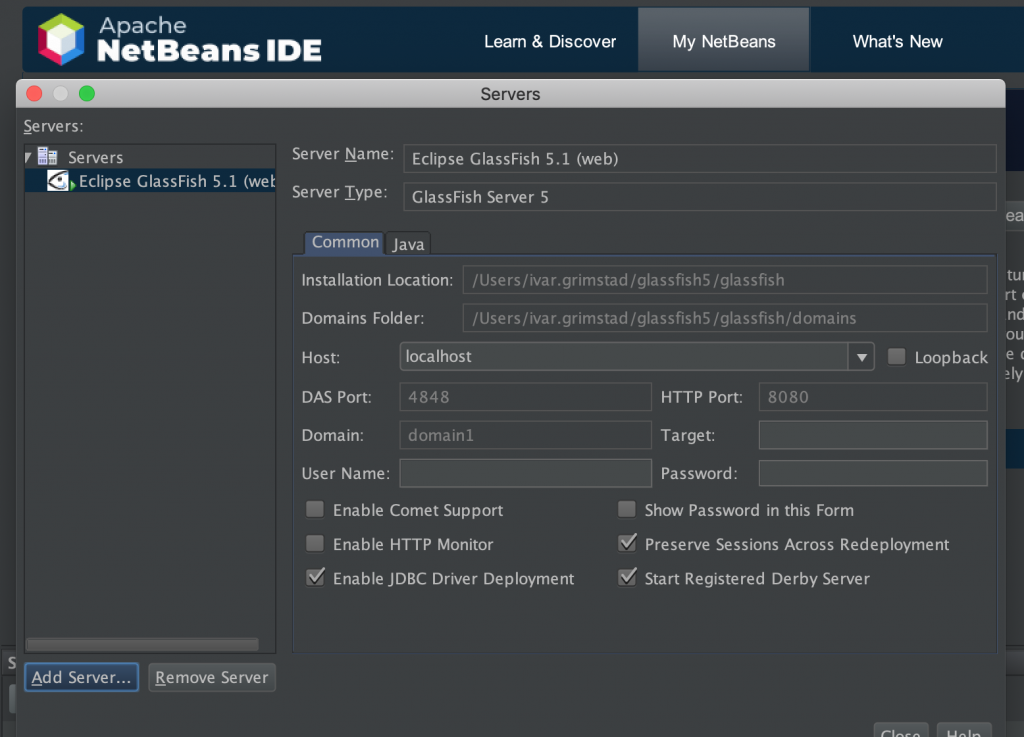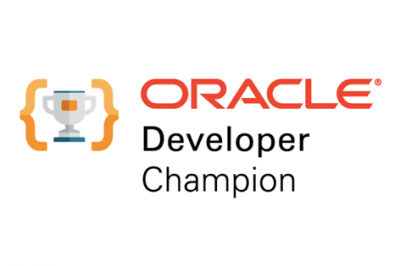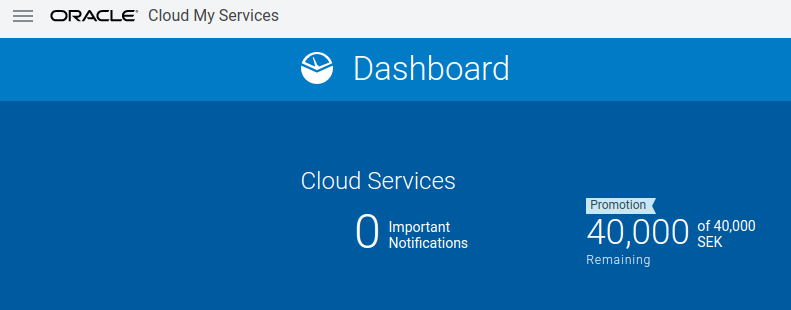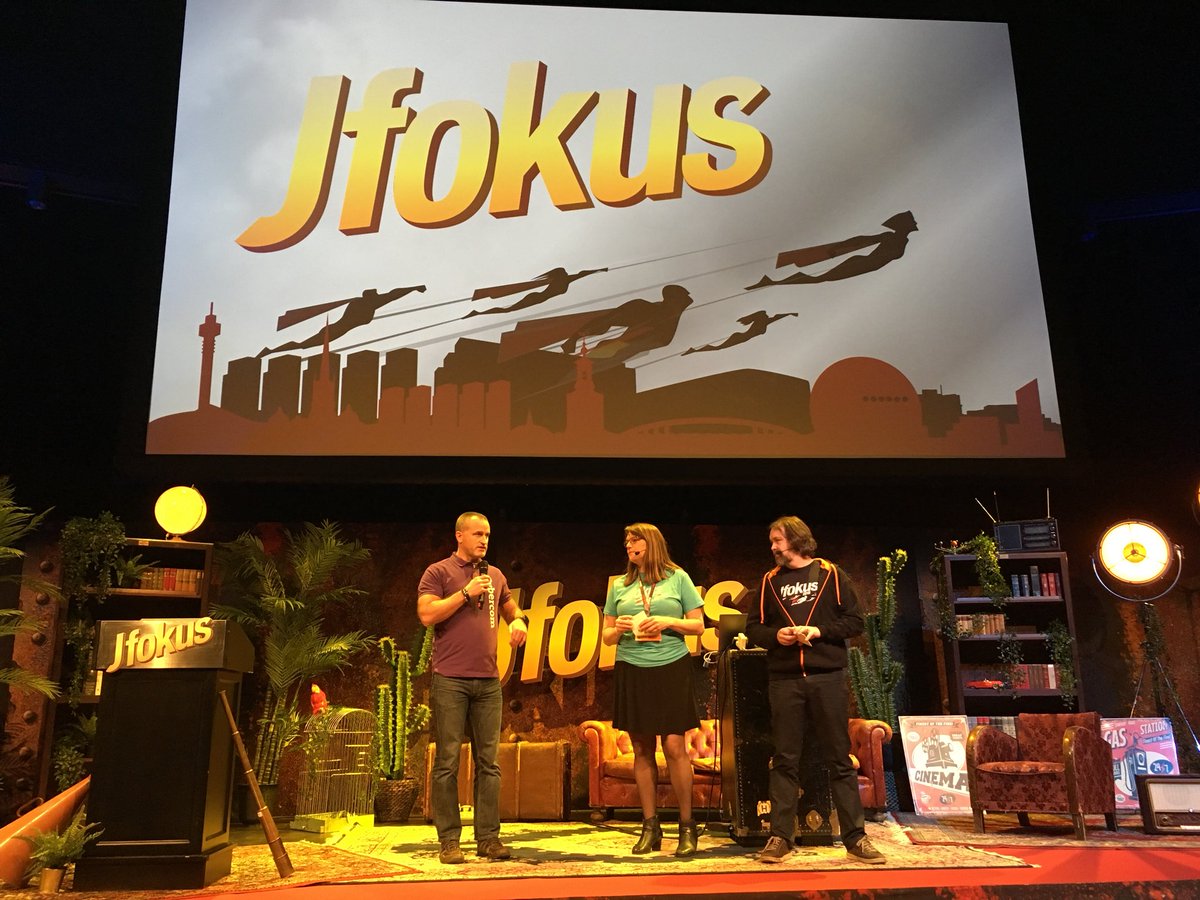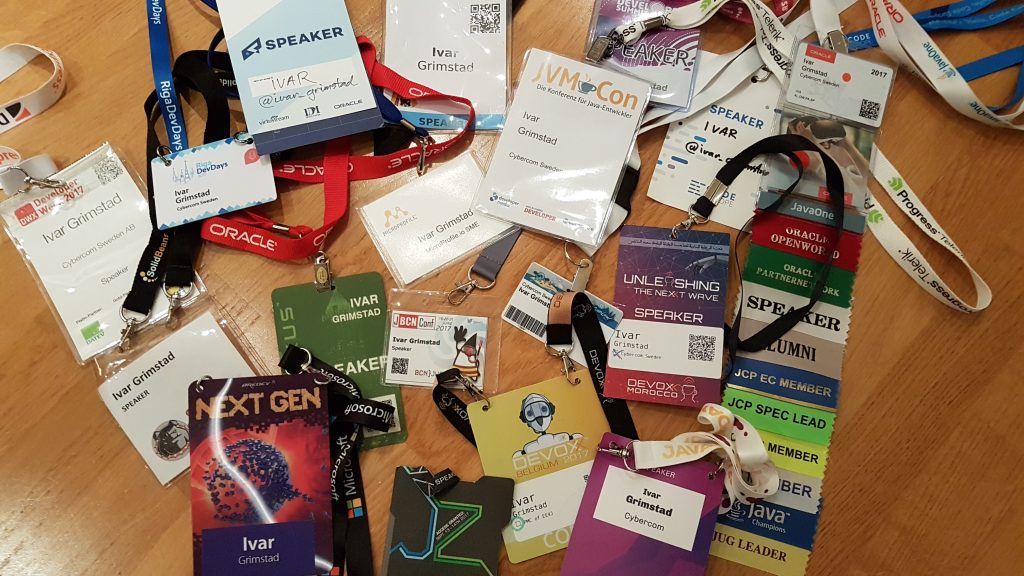Last year when waiting for my flight home from JavaOne, I blogged Possible Ways forward for MVC 1.0. Now, I am sitting here at SFO again writing a follow-up on that article.
As we all now, the JSR was was transferred to me from Oracle to be completed as a standalone JSR. Since then, Christian Kaltepoth has joined me as specification lead. We never did anything about the actual IP, all in full agreement. After all, we are developers and not lawyers and just wanted to get going with the actual work.
It has never been my intention to capitalize on the IP, and I wanted to figure out a way to donate it all back to the community. As those of you who follow the EE4J Community Mailing List probably noticed, I announced the intention to transfer MVC 1.0 to Eclipse Foundation. Read the announcement here:
https://dev.eclipse.org/mhonarc/lists/ee4j-community/msg00106.html
This does not imply any changes to the current specification work, expert group or time plan. There may be some practical changes, such as a new mailing list and moving the repositories under the Eclipse GitHub Organization, but that is way in the future.
So why Eclipse and not Apache?
Well, it makes sense to follow the other Java EE technologies when they are transferred to the EE4J umbrella project in Eclipse Foundation. MVC would be a natural fit there, but the exact details will be handled by the EE4J PMC.
